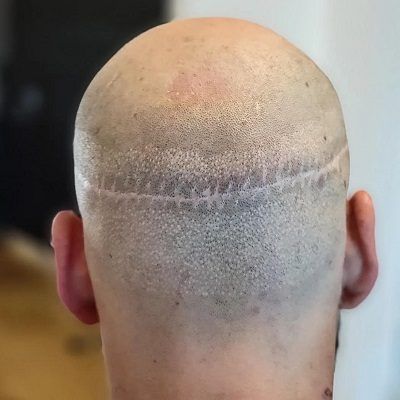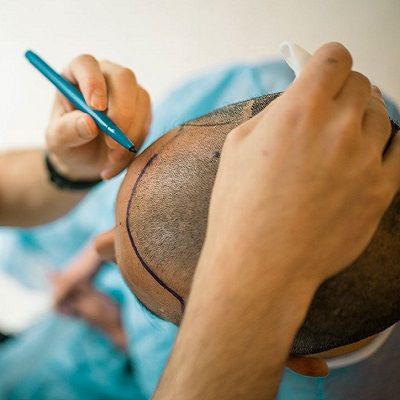
Women’s hair transplants are quickly becoming a popular way to counteract hair loss in today’s culture. We can assist you if you suffer from Traction Hair Loss or Female Pattern Baldness. So, if you want to restore your hairline or fill in those shedding spots, give us a call, and we’ll see what we can do for you. Notably, all varieties of hair, including Caucasoid, Afro, and Asian hair, may be transplanted.
Most importantly, before contemplating any hair transplant, you should understand why you are losing your hair. It’s also simple to presume you have Female Pattern Baldness or Traction loss. Did you know that a hair transplant may help several types of hair loss to regrow? These include Telogen Effluvium, Alopecia Areata, Hair loss associated with B12, Chronic hair loss related to Iron Deficiency, and many more. Perhaps you have scarring alopecia? So, first, figure out why you’re losing or have lost hair and determine if you may regrow it.
Is there a difference between transplants for males and transplants for women?
Hair Transplant for Females is becoming more popular since they are newer, yet they are no more unique than males. Doctors pay special attention to how women’s physiology influences hair development and transplant recovery.
What type of woman is a suitable candidate for hair transplantation?
Women who have hair loss in any scalp area are often ideal candidates. Women with female-pattern baldness are also suitable candidates. Hair loss widespread on the scalp is more challenging to cure but not impossible. It is critical to consult with a specialist that specializes in hair transplants to ensure that you receive the most significant degree of competence and attention to detail.
FUE (follicular unit extraction):
First and foremost, this is a single follicular unit extraction approach performed on individuals with straight or wavy hair. The doctor extracts the individual hair units from the donor region using specialized equipment (less than 1mm in diameter), and the hair is then put in the recipient area. So, once this is finished, the hairs will sprout in the same place removed. Follicular units are transplanted in groups of 1-4 hairs based on the necessary thickness and donor site quantity.
You can recover more quickly if you use this strategy. There is no need to stay in the clinic overnight. Patients are given a local anesthetic and remain conscious throughout the treatment. The outcomes will be the same as with the FUT technique.
FUT (follicular unit transplantation):
The FUT approach is relatively straightforward. We remove a skin strip from the back of the skull. The size of the donor strip will be determined by the number of hairs required. The grafts are extracted from the strip. The specialists dissect and cut off the hair transplants so that the surgeon may implant them in the desired spot. We sew the incision with an internal and exterior stitch, resulting in a linear scar. It is reasonable to assume that this would not be seen since it would fill the space, and the surrounding hair would provide adequate concealment.
What Should I Expect Following My Hair Transplant?
The transplanted hair grows for around ten days before falling out and regrowing after 3-4 months. Usually, you will see a substantial improvement from the fifth to the sixth month. The patient must learn this ahead of time not to become alarmed by the natural sequence of events. So the hair goes into a resting stage at first, then into a growth phase after 3-4 months. Then the hair grows for as long as genetically intended to develop in the donor location, which is a hopeful discovery.
Conclusion!
Hair transplant surgery could be a suitable choice for persons experiencing hair thinning or loss. Although it is not a permanent cure for thinning hair, it can help to restore hair volume and self-confidence in many people.
Most hair transplants are effective, even though it can take up to nine months for the hair to grow in the root and start to fill in. Discuss the risks and advantages of hair transplant surgery with your surgeon, as well as the expected outcomes.


































